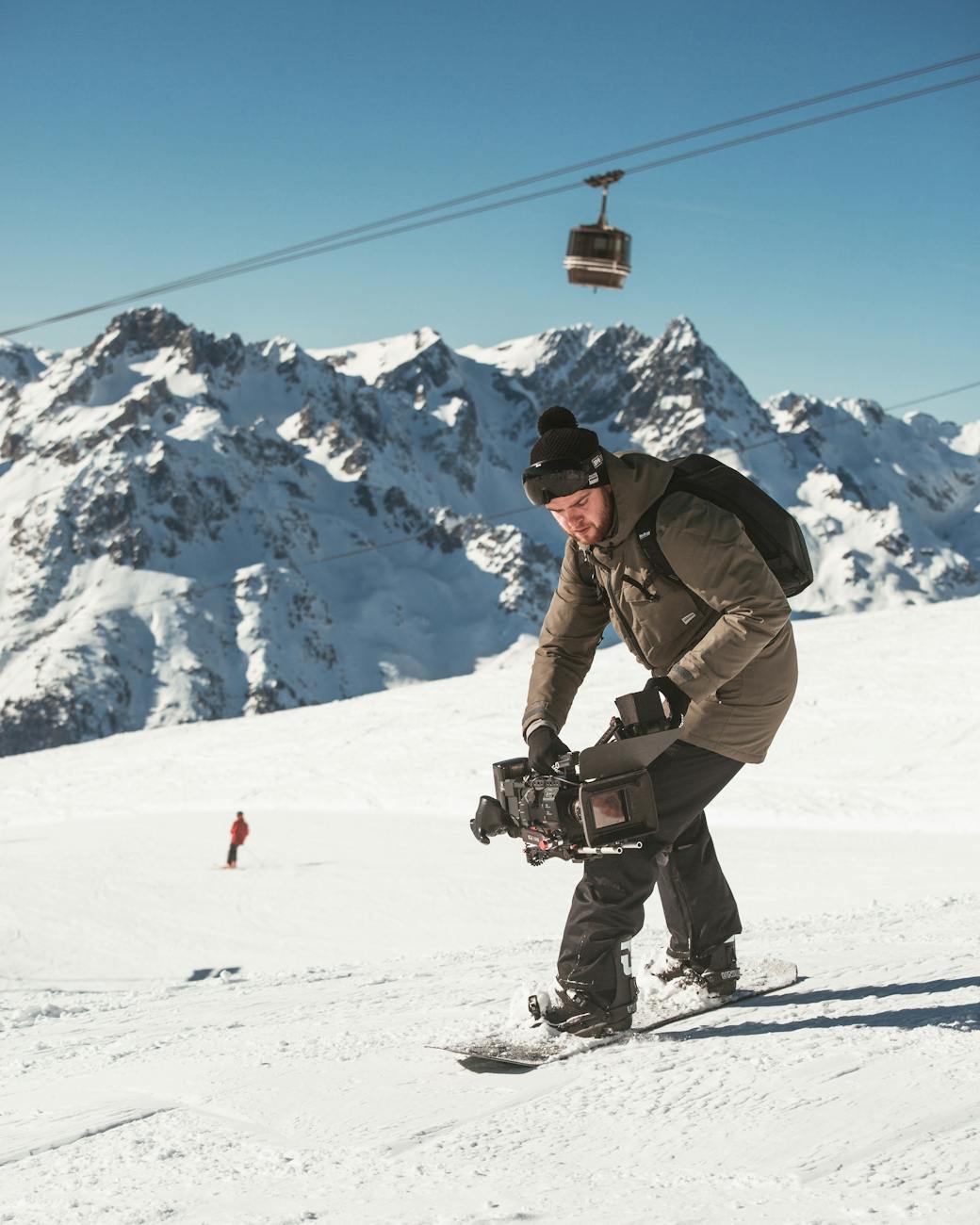Snowboarding is more than just a sport; it’s an exhilarating adventure that requires precision, control, and a perfect connection between the rider and their board. Among the myriad factors influencing performance, flex technology stands out as a game changer. This article unravels the secrets behind perfect snowboard flex technology, exploring how it impacts ride quality, responsiveness, and overall rider enjoyment.
From the scientific advancements in materials to innovative design strategies, the world of snowboard flex is constantly evolving, reshaping the way enthusiasts experience the slopes. Join in as we dive deep into this fascinating subject and unveil the intricacies that set top-performing snowboards apart from the pack.
Looking back over the years, snowboard flex technology has undergone a remarkable transformation. In the early days of snowboarding, boards were predominantly stiff or soft, lacking the nuanced flex that many riders crave today. As the sport gained popularity, manufacturers began experimenting with various flex characteristics, resulting in boards that cater to a broader range of riding styles.
With advancements came an understanding that flex is not one-size-fits-all. Riders discovered the benefits of variable flex patterns, leading to designs that actively respond to weight distribution and riding conditions. This evolution reflects a shift from a basic functionality to a deep-rooted need for personalization, allowing riders to express their unique style and handle diverse terrains with confidence and finesse.
Material science is at the core of perfect snowboard flex technology, propelling the development of innovative boards that push the boundaries of performance. Traditional materials are being reimagined—carbon fiber, for example, offers exceptional strength-to-weight ratios, while specialized polymers provide an ideal blend of durability and flexibility. These materials allow engineers to fine-tune stiffness and enhance the responsiveness of snowboard constructions.
What truly sets modern boards apart is the meticulous combination of various materials layered strategically. Such layering creates boards with tailored flex characteristics, leading to enhanced energy transfer and control. Consequently, riders can execute daring tricks and tackle steep descents, confident that their snowboard will react precisely as needed. The marriage of engineering and craftsmanship is what makes today’s boards a must-have for serious riders.
It’s fascinating to consider how tailored flex designs cater to the diverse needs of riders. Various disciplines, from freestyle to backcountry, demand different flex characteristics to perform optimally. For instance, freestyle riders benefit from softer flex patterns that enhance maneuverability and allow for innovative tricks, while all-mountain riders thrive on a stiffer board that delivers stability at high speeds and improved edge control.
Manufacturers have recognized these nuances, creating models that provide an ideal balance while accounting for rider weight, height, and skill level. The ability to select a board tailored to personal preferences not only boosts performance but also fosters confidence on the slopes. As riders embrace their unique style, they discover the exhilarating sensations that come with a board designed specifically for their needs.
Nothing beats real-world testing when it comes to perfecting snowboard flex technology. Engaging with the snowboarding community, manufacturers gather invaluable feedback from a diverse range of riders, from industry professionals to weekend warriors. This continuous dialogue fuels innovation and ensures that boards deliver exceptional performance under various conditions.
Through rigorous testing on the snow, brand representatives gain insights that drive future designs and flex patterns. Riders share their experiences, which foster collaboration and improvement. This relationship between riders and manufacturers leads to focused enhancements that are both practical and performance-oriented. It’s this connection that embodies the essence of snowboarding and helps refine the very technology that defines the sport.
Perfect snowboard flex technology represents just the tip of the iceberg in the evolution of snowboarding. As we stride into a future filled with possibilities, the interplay between rider experience and technological advancement will become ever more vital. The landscape is ripe for further exploration, opening doors to even more customized and innovative designs that meet the demands of a growing community.
As more brands invest in research and development, the boundary between rider and board continues to blur. Imagine a world where snowboards adapt to specific snow conditions or rider biomechanics in real-time. The potential for this technology is boundless, and it’s fascinating to witness the innovations that may unfold in the coming years.
What is snowboard flex technology?
Snowboard flex technology refers to the way boards are designed to bend and respond under various conditions. Different flex patterns enable unique riding experiences tailored to specific styles and rider preferences.
How does flex affect snowboarding performance?
Flex impacts stability, maneuverability, and overall control when riding. A softer flex allows for easier turns and tricks, while a stiffer board provides stability at high speeds and improved edge grip.
Can the right flex help a beginner?
Absolutely! New riders can benefit from boards with softer flex patterns that enhance their ability to learn turning and stopping techniques. This can help build confidence on the slopes.
Are expensive boards worth it for the flex technology?
Investing in higher-end boards often translates to improved materials, better craftsmanship, and advanced flex technology. While they may cost more, they can significantly enhance your overall riding experience.
How do I choose the correct flex for my riding style?
Consider your weight, height, and the type of riding you enjoy. If you love freestyle, lean towards softer flex patterns. If you prefer aggressive carving or racing, a stiffer flex might be the choice for you. Getting advice from experts and trying different boards will also help you find the perfect fit.
Image Credit: Pexels
